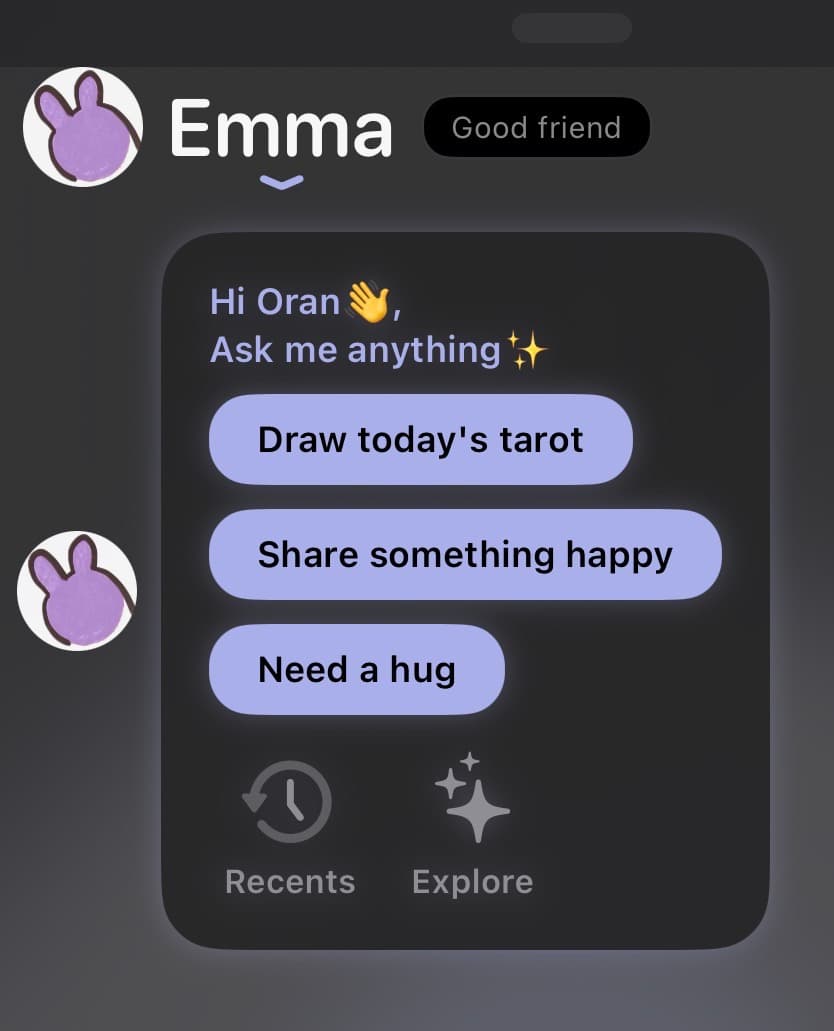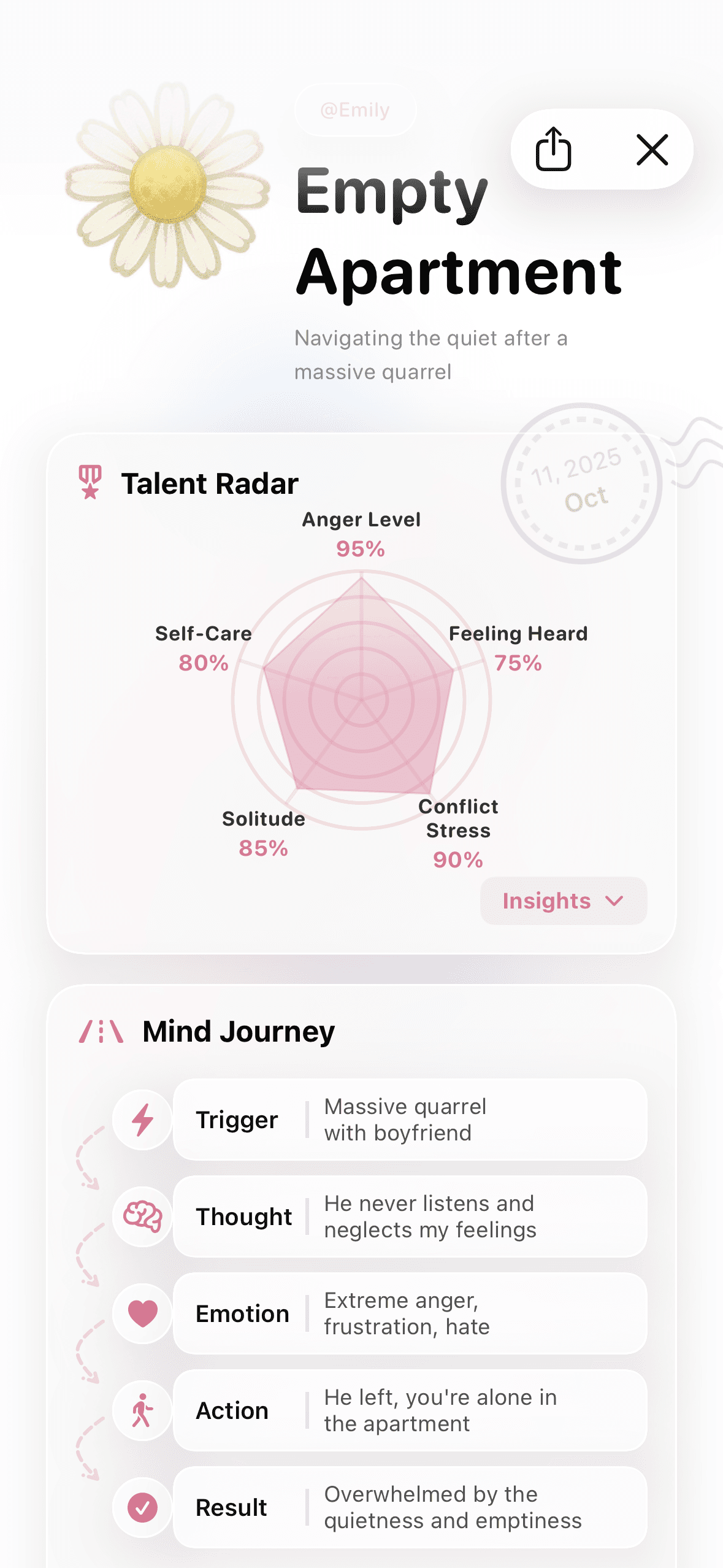Loneliness has become a public health crisis. Former U.S. Surgeon General Dr. Vivek Murthy calls it an epidemic as dangerous as smoking 15 cigarettes daily—increasing risk of heart disease, stroke, depression, and early death.
For remote workers, this crisis hits particularly hard. A 2024 study by Buffer found that 23% of remote workers cite loneliness as their biggest struggle—second only to difficulty disconnecting from work.
But here's the important part: loneliness isn't inevitable for remote workers. It's a solvable problem with the right strategies.
Understanding Remote Work Loneliness
First, let's distinguish between two types of loneliness that remote workers experience:
Social Loneliness
The absence of a broader social network—missing casual friendships, acquaintances, and community belonging. This is the colleague who became a friend, the barista who knows your order, the gym class where you recognize faces.
Emotional Loneliness
The absence of close, intimate relationships. This is deeper—the feeling that no one truly knows you or that you can't be fully yourself anywhere.
Remote work primarily threatens social loneliness by removing daily, low-stakes social interactions. But when unaddressed, social loneliness can deepen into emotional loneliness.
The strategies below target both types.
1. Create "Third Places" in Your Week
The Science
Sociologist Ray Oldenburg coined the term "third places"—spaces that aren't home (first place) or work (second place) where community and connection naturally form. Think coffee shops, libraries, gyms, community centers.
Research shows that people with regular third places report significantly higher life satisfaction and lower loneliness. These spaces provide "ambient sociability"—you're around people without the pressure of deep connection.
The Strategy
Identify 2-3 third places and visit them regularly:
- Co-working cafes: Work 2-3 hours at a coffee shop weekly. You'll start recognizing regulars, maybe exchange smiles, perhaps eventually chat. These micro-connections matter.
- Fitness classes: Join a class that meets the same time weekly. You'll see the same people, creating familiarity and potential friendship.
- Library or co-working space: Designated work-outside-home space that becomes familiar.
- Hobby communities: Book clubs, art classes, volunteer organizations—anywhere you show up consistently.
Implementation tip: Put these on your calendar as non-negotiable appointments. "Tuesday 2-4 PM: Work at Brew Coffee" becomes part of your weekly rhythm.
Track your mood on days you visit third places vs. days you stay home. Lifelight's pattern recognition can show you the measurable impact of this simple change.
2. Schedule "Connection Meetings" Like Work Meetings
The Science
A Harvard study following 724 people over 75 years found that close relationships—more than money or fame—are what keep people happy and healthy throughout their lives.
But remote work makes maintaining relationships harder. Without office run-ins, relationships require intentional effort. Most people wait until they "feel like" reaching out—which depression and loneliness make less likely, creating a vicious cycle.
The Strategy
Treat social connection like work meetings—scheduled, non-negotiable calendar blocks:
- Weekly video calls with friends/family: Every Sunday at 6 PM, call your sister. Every Wednesday at lunch, video chat with your college friend. Regularity removes the friction of planning.
- Monthly in-person gatherings: Commit to one in-person social event monthly, even when you don't feel like it.
- Quarterly deep connections: Schedule longer, meaningful time with your closest people—weekend trips, long dinners, dedicated quality time.
Implementation tip: Send calendar invites for these. Make them recurring. The structure compensates for low motivation during difficult periods.
Remember: Connection is as essential to your health as exercise or sleep. Schedule it accordingly.
3. Join Virtual Co-Working Sessions
The Science
The "social facilitation effect" shows that people perform better on tasks when others are present—even if no one is interacting. Simply being around other working people increases motivation and reduces feelings of isolation.
The Strategy
Virtual co-working creates the focus and ambient companionship of working alongside others:
- Focusmate: 50-minute co-working sessions with randomized partners. You work silently together on video, creating accountability and connection.
- Flown or Flow Club: Structured co-working sessions with facilitators who guide focus periods and breaks.
- DIY with friends: Schedule weekly co-working sessions with remote friends. Everyone joins a video call, works silently for 90 minutes, takes a 10-minute social break, repeat.
Participants report that virtual co-working significantly reduces loneliness while improving productivity—addressing two major remote work challenges simultaneously.
Implementation tip: Start with 2-3 sessions weekly. Track your productivity and mood on these days. Data helps maintain the habit when motivation wanes.
4. Engage in Asynchronous Community
The Science
Research on online communities shows that meaningful digital connections can provide similar psychological benefits to in-person relationships—when they involve authentic sharing, consistent interaction, and mutual support.
The Strategy
Not all connection needs to be synchronous. Asynchronous communities let you connect on your schedule:
- Online forums for your interests: Reddit communities, Discord servers, or specialized forums where you engage regularly.
- Professional Slack communities: Many industries have active Slack groups where remote workers support each other.
- Accountability groups: Small groups (3-5 people) who share weekly goals and wins asynchronously.
- Journaling communities: Apps like Lifelight can connect you with others working on mental health, creating a sense of shared journey.
Key distinction: Passive consumption (scrolling) doesn't reduce loneliness. Active participation (commenting, sharing, helping) does. Engage, don't just observe.
Implementation tip: Choose 1-2 communities and commit to posting or commenting at least twice weekly. Consistency builds relationships.
5. Practice Structured Self-Disclosure
The Science
Psychologist Arthur Aron's famous study showed that 36 specific questions could create closeness between strangers in just 45 minutes. The key? Escalating self-disclosure—gradually sharing more personal information creates intimacy.
Remote work often lacks opportunities for the casual conversations that naturally build to deeper disclosure. We have transactional Slack messages and agenda-driven meetings, but rarely the watercooler chat that deepens into friendship.
The Strategy
Intentionally create opportunities for meaningful conversation:
- Virtual coffee chats: Schedule 30-minute calls with colleagues explicitly for non-work conversation. Ask meaningful questions: "What's the best thing that happened to you this week?" or "What's something you're struggling with right now?"
- Share-back routine: In team meetings, start with a check-in question beyond "How is everyone?" Try: "What's taking up space in your brain this week?" or "What are you looking forward to?"
- Vulnerability in communication: When appropriate, share struggles, not just successes. "I'm finding this challenging" or "I'm having a tough week" invites others to do the same.
Implementation tip: Start small. Share slightly more than feels comfortable. Notice when others reciprocate. Depth of connection often correlates with depth of sharing.
6. Create Transition Rituals
The Science
Rituals—repeated, symbolic actions—create meaning and psychological transition. Research shows that even simple rituals can reduce anxiety and create a sense of control.
Remote workers miss the natural transition rituals that office life provided: the commute, getting dressed, the elevator ride. These created psychological boundaries that helped separate work from personal life.
The Strategy
Design deliberate rituals to mark beginnings, endings, and transitions:
Morning Start Ritual
- Get fully dressed (not pajamas)
- Walk around the block (fake commute)
- Make coffee or tea
- Write three intentions for the day in Lifelight
- Only then open laptop
End-of-Day Ritual
- Review the day and plan tomorrow
- Close all work applications
- Change clothes
- Evening reflection in Lifelight (What went well? What's on my mind?)
- Physical activity (walk, yoga, anything that moves you out of work mode)
Weekly Connection Ritual
- Every Friday afternoon: send a personal (not work) message to someone you appreciate
- Every Sunday evening: call someone you care about
These rituals combat loneliness by creating structure, meaning, and regular connection points.
Implementation tip: Start with one ritual. Practice it for two weeks until it feels automatic. Then add another. Rituals work through consistency.
7. Track and Analyze Your Loneliness Patterns
The Science
What gets measured gets managed. Research on behavioral change shows that tracking alone—without any other intervention—often leads to improvement. The act of paying attention changes behavior.
The Strategy
Use mood tracking to understand your loneliness patterns:
Daily tracking in an app like Lifelight:
- Rate your loneliness level (1-10)
- Note social interactions (who, how long, quality)
- Record your mood and energy
- Reflect on what you're grateful for
After 2-4 weeks, patterns emerge:
- "I feel most lonely on Mondays and after days with back-to-back meetings and no real conversation"
- "My mood improves significantly on days I have even one meaningful conversation"
- "Working from cafes twice weekly reduces my loneliness scores by 40%"
- "I feel more connected on days I actively reach out to someone, even just texting"
Lifelight's AI can identify correlations you might miss: "Your loneliness scores are 35% lower on days you exercise" or "You report feeling more connected after async Slack conversations than after formal video meetings."
Implementation tip: Commit to tracking for 30 days. The insights you gain become the roadmap for what actually reduces your loneliness—not generic advice, but your personalized data.
Putting It All Together
You don't need to implement all seven strategies immediately. Start with the one that resonates most:
- If you crave ambient social presence: Start with third places (#1) or virtual co-working (#3)
- If you want deeper connections: Focus on scheduled connection meetings (#2) or structured self-disclosure (#5)
- If you need structure: Implement transition rituals (#6)
- If you're unsure what helps: Begin with tracking (#7) to identify your patterns
Try one strategy for two weeks. Track the impact. If it helps, keep it. If not, try another.
Remember: Loneliness Isn't Failure
If you're lonely working remotely, you're not weak, antisocial, or doing something wrong. You're human, and you're navigating a work structure that removes many sources of natural connection.
Connection requires effort now that used to happen automatically. That's not a character flaw—it's the reality of remote work.
The good news? With intentional strategies, remote workers can build rich social lives and deep connections. It just requires treating connection as essential infrastructure, not optional luxury.
Your Next Step
Close this article and do one thing:
- Text someone you care about
- Add a "connection meeting" to your calendar
- Sign up for a Focusmate session
- Download Lifelight and complete your first mood check-in
- Identify one third place you'll visit this week
Small action, taken consistently, compounds into meaningful change.
You don't have to be lonely just because you work remotely. Connection is still possible—it just looks different now.



